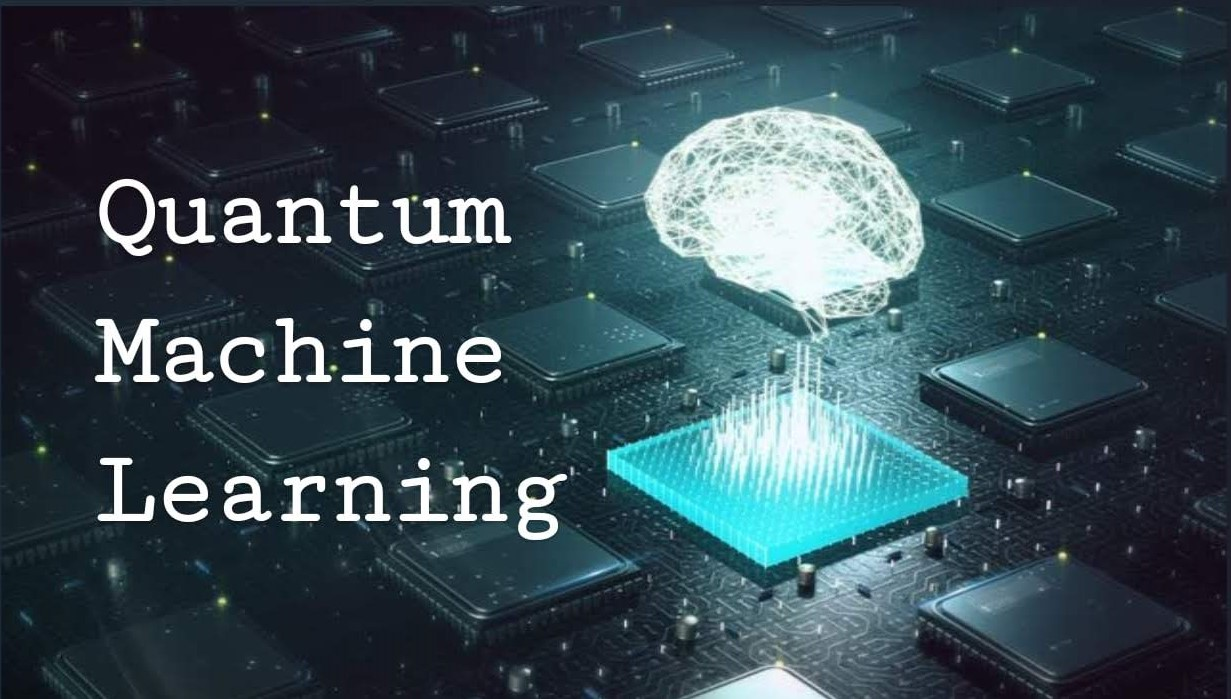
And a quantum computer (finds it) easy to follow the rules of quantum. Can we come up with a new material, which doesn’t have ohmic resistance, so we don’t have (energy) losses in the cable? The inherent properties of how friction in materials work, that’s partially governed by quantum mechanics. Quite a bit of a power is lost from the power plant before it gets to your house. That’s why an electric motor or your hairdryer gets warm. You have friction – ohmic resistance – in the cable. Think about the power line you get at home. ‘(Another) prominent example is energy material design. And this is something that a quantum computer, because it essentially allows you to calculate many things at the same time, is notably more suitable for. (For example), if you are working in finance and you want to say which portfolio has the largest profit, you need to take many, many different cases into account and then find the best one. Because it’s in many states at the same time, in simplified terms, it allows you to probe many possibilities at the same time. ‘This superposition essentially allows it to do things that a classical computer can’t do. The classical computer can only be – like a light switch – either on or off, and the quantum bits can be on and off at the same time.’ ‘Qubits are quantum bits, and have the special property that at the same time they can be zero and one. It’s not using zeros and ones like classical computers are – bits and bytes – but it is actually able to work with something called qubits. ‘The big difference compared to a classical computer is that a quantum computer is following a different rule set. What is a quantum computer and how does it differ from classical computers? The project is part of the EU’s €1 billion, 10-year Quantum Flagship initiative to kickstart a competitive European industry in quantum technologies.



He is leading a project to develop a fully scalable quantum computer.


 0 kommentar(er)
0 kommentar(er)
